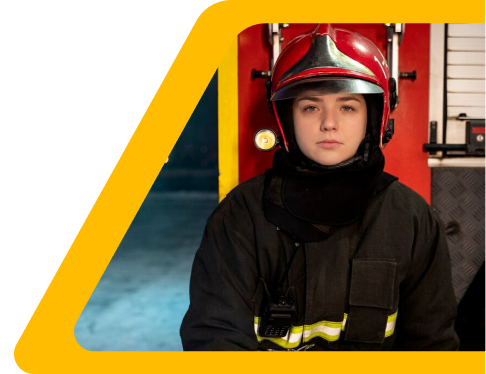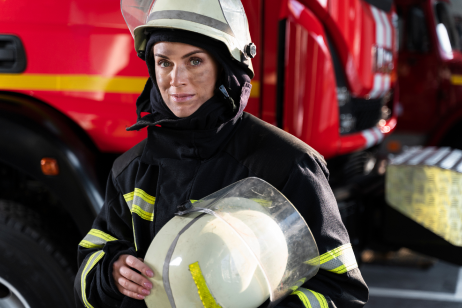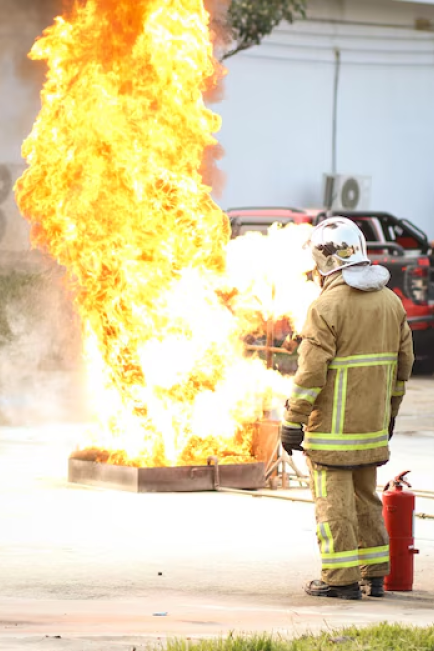Fire Safety Mock Drills: Importance and Procedure
- info@safetymastery.com
- +91 7200322134


Enhancing Emergency Preparedness with Fire Safety Mock Drills
Enhancing Emergency Preparedness with Fire Safety Mock Drills
Fire safety mock drills play a vital role in preparing individuals to respond effectively in the event of a fire emergency. By conducting regular mock drills, organizations can assess their readiness, practice emergency procedures, and ensure the safety of occupants. In this comprehensive guide, we will delve into the importance of fire safety mock drills, the procedure for conducting them, and the benefits they bring to enhancing emergency preparedness and safety.

Safety International Diploma
- Ofqual Regulated Qualifications London, UK
- GradIOSH/CertIOSH status from IOSH, UK
- TSP status from BCSP, USA
- Gateway to MSC in UK universities
Enhance your educational profile with an additional one or two years of qualification.
Get Courses Details
Get Courses Details
Safety Diploma
- Government-Endorsed National Safety Diploma Program
- Qualify for registration at the Employment Exchange
- Attestation by the Ministry of External Affairs for those wishing to move abroad
- Eligible for membership with MIIRSM (IIRSM membership at discretion)
- Approved by the Government of India
- Enhance your educational profile with an additional one or two years of qualification
Importance of Fire Safety Mock Drills:
- Emergency Preparedness: Fire safety mock drills help individuals and organizations practice fire response procedures, evacuation protocols, and firefighting techniques to enhance readiness for fire emergencies.
- Response Evaluation: By simulating fire scenarios, mock drills allow organizations to assess the effectiveness of their emergency response plans, identify gaps, and make necessary improvements to ensure a swift and coordinated response.
- Team Coordination: Mock drills promote teamwork, communication, and coordination among participants, enabling them to work together efficiently during a fire emergency and minimize risks to individuals and property.
- Safety Awareness: Participating in fire safety mock drills raises safety awareness, educates individuals about fire hazards, and reinforces the importance of following safety protocols to prevent and respond to fires effectively.

Process of Conducting a Fire Safety Mock Drill:
- Planning and Preparation:
- Define the objectives of the mock drill, including specific scenarios to be simulated, roles and responsibilities of participants, and evaluation criteria.
- Communicate the mock drill details, schedule, and evacuation procedures to all participants to ensure their readiness and active participation.
- Scenario Simulation
- Simulate various fire scenarios, such as a building fire, electrical fire, or chemical fire, to test different aspects of emergency response and evacuation procedures.
- Incorporate challenges and obstacles to simulate real-life conditions and provide a realistic training experience for participants.
- Evacuation and Response:
- Initiate the mock drill by activating the fire alarm, notifying participants of the simulated fire emergency, and initiating the evacuation process according to established procedures.
- Monitor participant responses, evacuation times, communication effectiveness, and adherence to safety protocols during the mock drill to evaluate performance.
- Debriefing and Evaluation:
- Conduct a debriefing session after the mock drill to review participant performance, identify strengths and areas for improvement, and gather feedback on the effectiveness of emergency response procedures.
- Document observations, lessons learned, and recommendations for enhancing emergency preparedness based on the outcomes of the fire safety mock drill.
Benefits of Fire Safety Mock Drill:
- Enhanced Emergency Preparedness: Fire safety mock drills improve emergency preparedness, ensuring that individuals are familiar with fire response procedures and can act quickly and decisively during a fire emergency.
- Response Efficiency: By practicing fire response scenarios, organizations can enhance response efficiency, minimize panic, and ensure a coordinated and effective response to fire incidents.
- Skill Development: Participating in fire safety mock drills develops essential skills such as evacuation procedures, fire extinguisher operation, communication, and teamwork, enhancing individual readiness for emergencies.
- Continuous Improvement: Mock drills provide valuable insights into the effectiveness of emergency response plans, allowing organizations to identify weaknesses, address deficiencies, and continuously improve their emergency preparedness efforts.

Fire safety mock drills are essential for enhancing emergency preparedness, evaluating response procedures, and promoting safety awareness in the workplace. By conducting regular mock drills, organizations can ensure that individuals are well-prepared to respond to fire emergencies, minimize risks, and create a safe and secure environment for all. Remember: fire safety mock drills are not just exercises—they are critical training tools that empower individuals to respond effectively to fire emergencies and safeguard lives and property.
